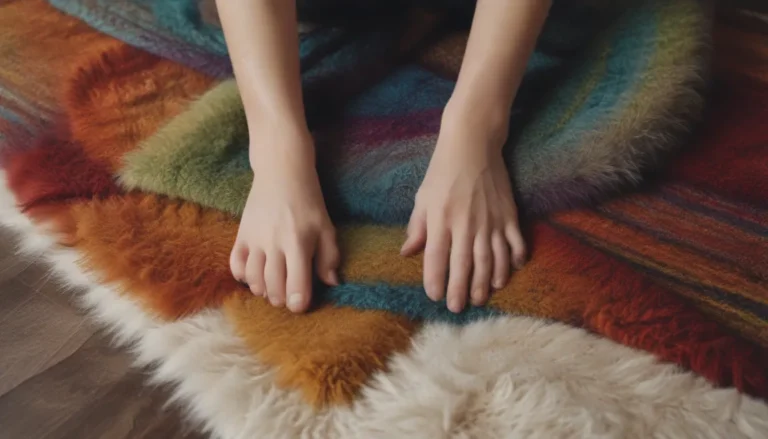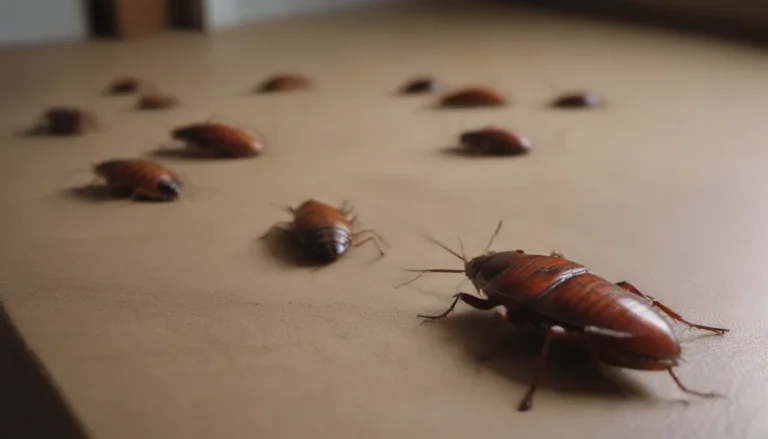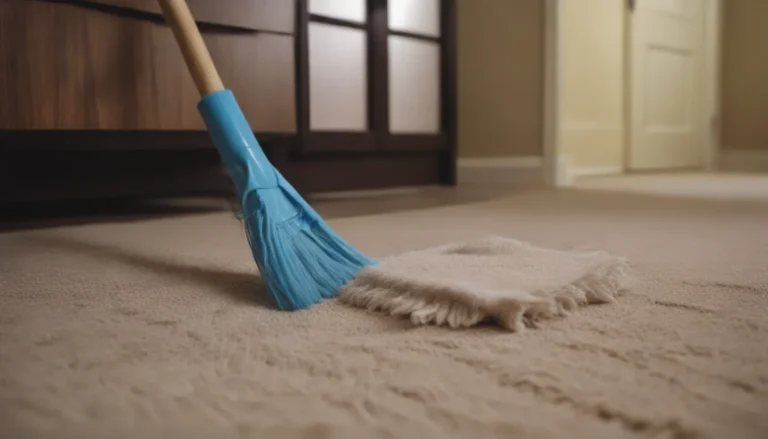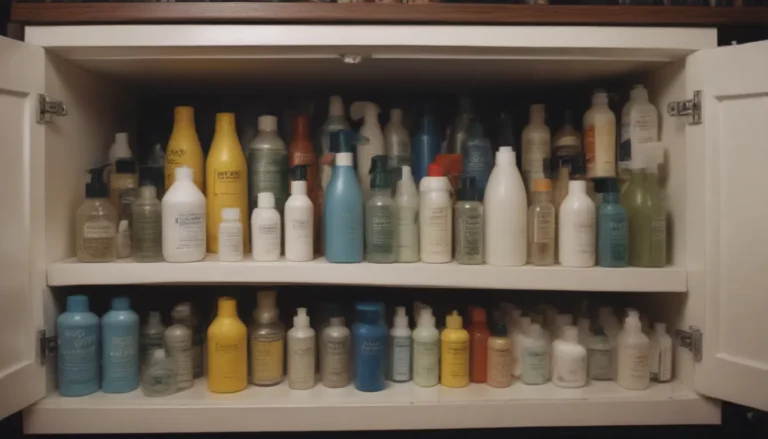Comprehensive Guide to Dealing with Carpet Beetles
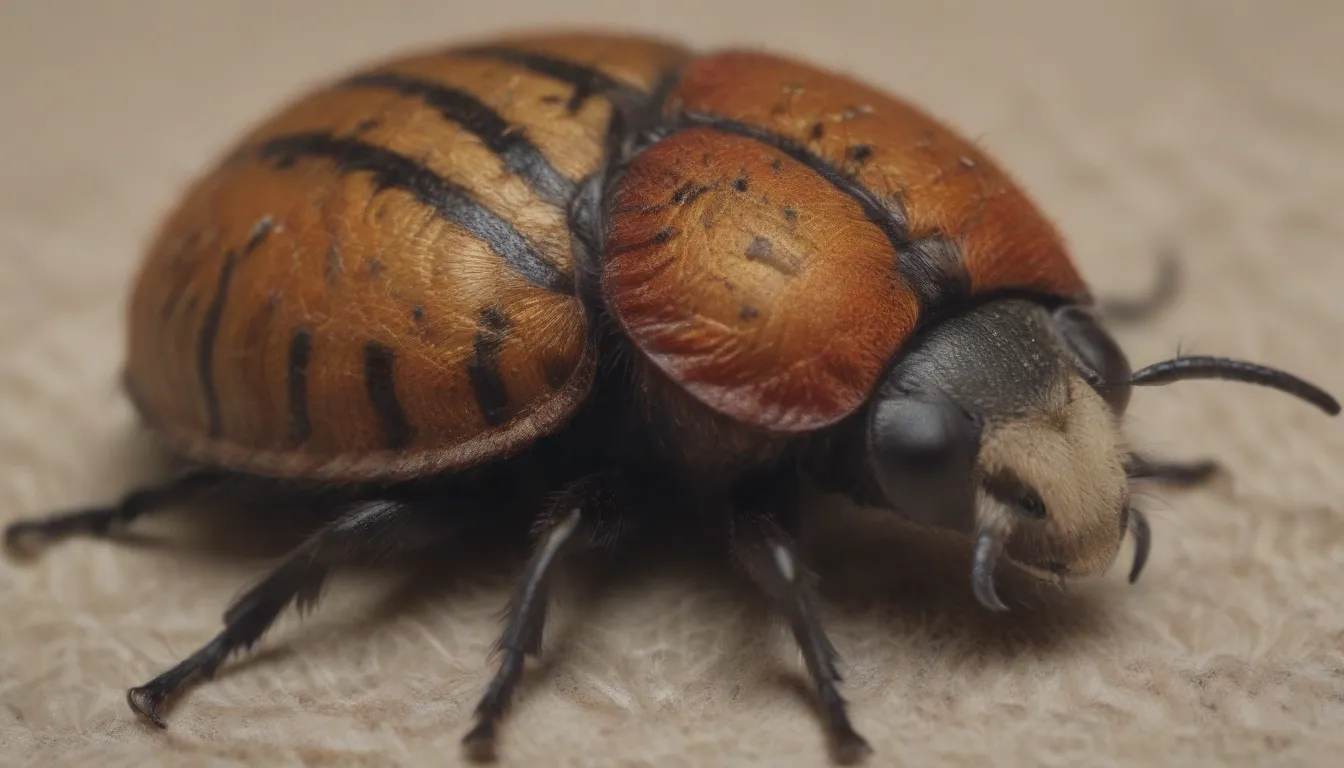
Carpet beetles may be small in size, but they can leave a big mess in your home if left unchecked. These oval-shaped insects can fly into your home and lay larvae that wreak havoc on carpets, fabrics, and other surfaces. While adult carpet beetles are usually found outdoors feeding on flower pollen, they can sometimes find their way inside, particularly around windowsills. Understanding how to get rid of carpet beetles and their larvae starts with identifying the source that is attracting them indoors.
Carpet beetle larvae are tiny and worm-like with prickly hairs covering their bodies. These hairs, in particular, can cause skin irritation and allergy symptoms in some people. However, the most notorious characteristic of these pests is their tendency to destroy natural fiber materials like feathers, fur, leather, cotton, silk, and wool. It is essential to tackle carpet beetle infestations promptly to prevent further damage to your belongings.
The Importance of Sanitation and Cleaning
Before considering chemical treatments, it is crucial to prioritize sanitation and cleaning as the primary methods to control carpet beetles. Chemical treatment should only be used as a last resort and under the guidance of a pest control professional specializing in Integrated Pest Management (IPM). These treatments should never be applied to clothing, bedding, or linens and must be used in targeted areas according to label instructions.
Natural Ways to Eliminate Carpet Beetles
When dealing with carpet beetles, it is essential to start with a thorough assessment and identification to tailor your pest control methods accordingly. Understanding the biology and behavior of carpet beetles can help you effectively combat infestations. Here are some natural ways to get rid of carpet beetles:
Inspect and Identify
A fundamental step in pest control is identifying the type of pest you are dealing with. Consider the biology of carpet beetles by asking yourself the following questions:
– Are you unknowingly bringing carpet beetles into your home?
– Could there be specific areas where carpet beetles are feeding and reproducing?
Remove Sources of the Problem
If you have an ongoing carpet beetle issue, identify and eliminate potential sources of attraction. Consider the following sources that may be drawing carpet beetles into your home:
– Fresh-cut flowers: Remove decaying flowers that may harbor carpet beetles.
– Screenless windows: Install screens to prevent beetles from entering through windows.
– Food: Store food properly to avoid attracting carpet beetles.
– Soiled laundry: Wash dirty laundry promptly to deter carpet beetles.
– Old furniture: Check for signs of infestation in old furniture pieces.
Clean, Seal, and Sanitize
Maintain cleanliness to prevent carpet beetle infestations. Clean up spills promptly and seal off cracks and crevices where beetles may hide. Use appropriate cleaning methods to avoid creating additional food sources for carpet beetle larvae.
Vacuum Frequently
Regular vacuuming can help remove carpet beetle larvae and eggs from carpets and fabrics. Focus on areas where beetles are likely to hide, such as under furniture and along baseboards.
Identifying Carpet Beetles
There are several types of carpet beetles that may be causing problems in your home. While control methods may be similar, it is essential to identify the specific type of beetle infesting your space. Here are some common types of carpet beetles:
– Varied, common, and furniture carpet beetles: These beetles can infest a variety of materials in your home.
– Black carpet beetles: Recognizable by their dark color and oval shape.
Tip
If you come across small, hairy larvae in your home, they could be carpet beetle larvae in their early stages. These larvae will eventually develop into adult beetles if left unchecked.
Signs of a Carpet Beetle Infestation
There are specific signs that may indicate a carpet beetle problem in your home. Look out for the following indications:
– Visible beetles or larvae on carpets or fabrics
– Damage to natural fiber materials
– Shed skins or fecal pellets left behind by beetles
What Attracts Carpet Beetles?
Understanding what attracts carpet beetles can help you prevent infestations in the first place. Carpet beetles are attracted to a variety of items and environments, including:
– Bird nests: Feathers, droppings, and dead birds can serve as food sources for carpet beetles.
– Attics: Check for signs of bird mess in attics, which may attract carpet beetles indoors.
Preventative Measures to Keep Carpet Beetles Away
To avoid inviting carpet beetles into your home, consider implementing the following preventive measures:
– Regularly clean and declutter your home to eliminate potential hiding spots for carpet beetles.
– Store clothing, linens, and other fabrics in sealed containers to protect them from infestation.
– Inspect and seal off potential entry points for carpet beetles, such as cracks in walls and windows.
In conclusion, dealing with carpet beetles requires a comprehensive approach that includes sanitation, cleaning, and targeted pest control methods. By understanding the behavior and habits of carpet beetles, you can effectively combat infestations and protect your home from damage. Remember to prioritize prevention and maintenance to keep carpet beetles at bay and maintain a healthy living environment for you and your family.
